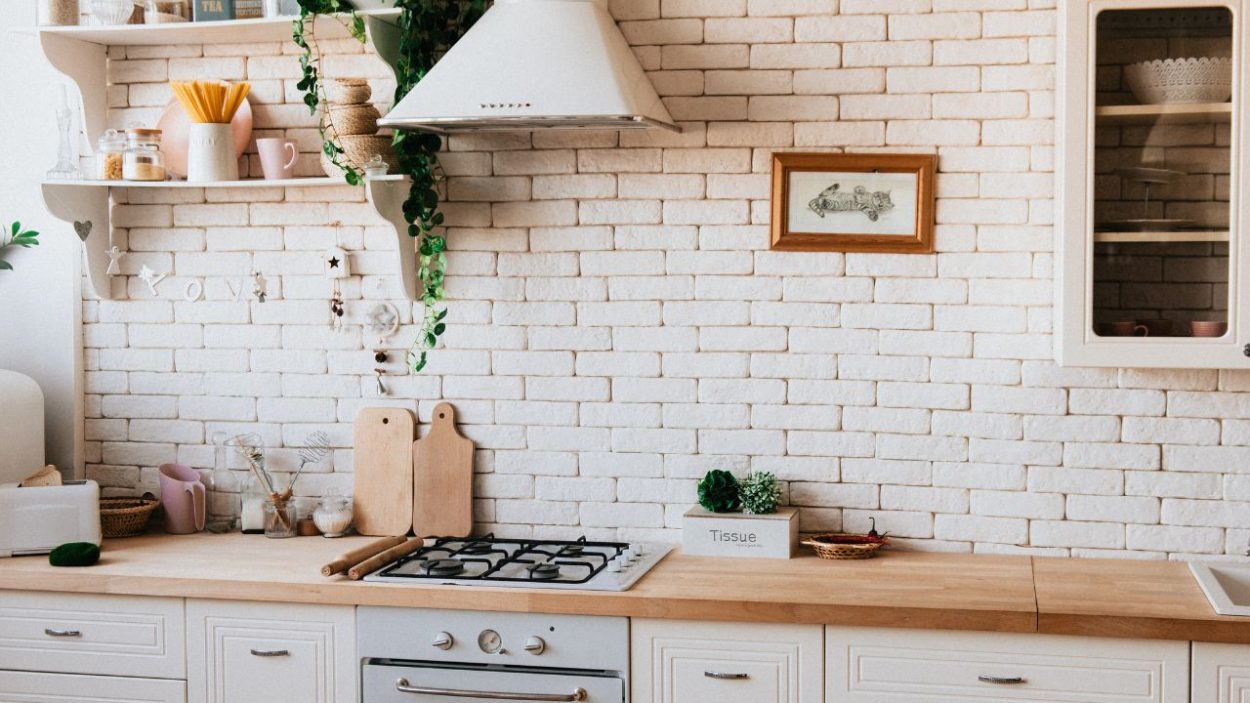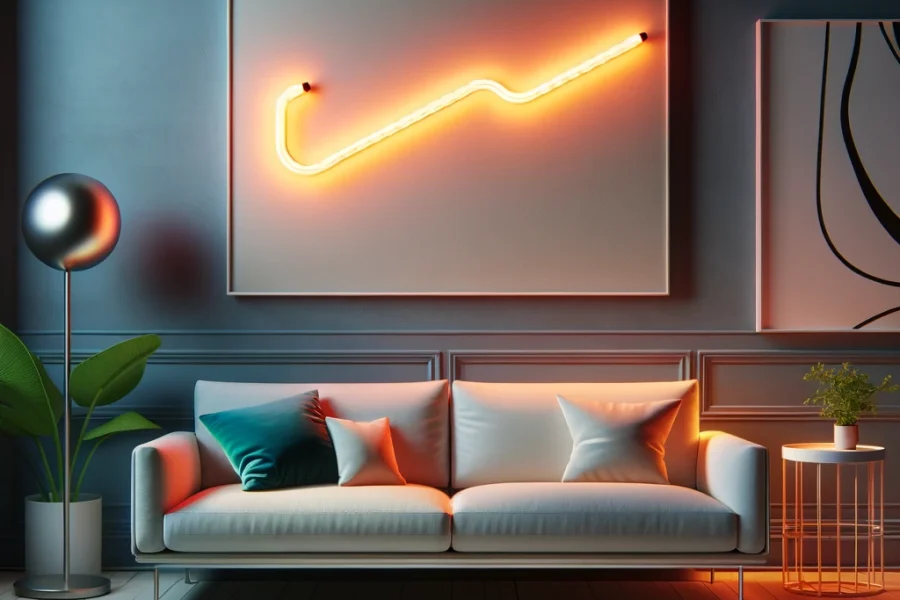The kitchen is often the focal point of a house or flat. It’s where life happens. However, where life is lived intensively, a lot of disorder can also arise. At first glance, the kitchen might look good, but when you open the cupboards, you find squeaking drawers that don’t close properly and a lack of clarity among pots and pans. In other words, there’s utter chaos, and it’s time to tidy up or even completely renew the kitchen. The good news: With good kitchen planning, structure, and organisation, everything can be stored even in the smallest space. Our 5 tips will help you enjoy your home kitchen again.
Light in the Kitchen When is it time for a new kitchen? A kitchen lasts about 15-20 years, depending on quality and usage. Adults typically buy a kitchen two to three times in their lives. For example, the first kitchen is bought as a young adult for the first flat, later when building a house and starting a family comes the second. The third kitchen is finally purchased for senior-friendly and barrier-free living. Along with a new kitchen, completely replacing outdated appliances makes sense. In the future, buying energy-efficient kitchen appliances can save a significant amount of energy.
The kitchen is and remains the centre of the home and should therefore be attractive and practical. But not just that: it should also match the rest of the furnishing and not least, different styles have now established themselves in kitchens, reflecting the owner’s character. Popular styles nowadays include modern or designer kitchens. Here, clear shapes, high-gloss surfaces, minimalist design, and materials such as stainless steel, glass, or stone dominate. In contrast, vintage and retro kitchens are becoming increasingly popular. Here, wood is used more prominently, accompanied by ceramic, brass, or enamel. Scandinavian kitchens are a good choice for people who love simplicity and unclutteredness and can connect with light wood, earthy or delicate pastel tones. Finally, industrial design kitchens have also become indispensable in many homes.
Tip 1: Gain an Overview: Empty Everything Out Regardless of whether a new kitchen is being installed or just reorganised, the old must first make way. The first step should be to empty everything to get an overview. This can also be an opportunity to declutter: Dispose of or give away no longer needed pots, pans, and the like.
Good kitchen organisation lives from decluttering – but properly
However, decluttering also requires learning. Often, people encounter the saying: “But I need all this for cooking!” Many initially find it difficult to part with utensils that seem indispensable. But on closer inspection, you’ll find: This assumption is often wrong. For example, if there are three pans of the same size or multiple similar pots in the kitchen, something can definitely be decluttered. A critical eye is essential to create space. Is there something dusty that hasn’t been used since it was bought? Or were you gifted something that you never actually use? If, for instance, you bought a sous-vide device for better cooking but have never used it, consider selling the vacuum cooker. (Unless you use it for preserving food). washing up bowl with plug
Or maybe someone in your acquaintance would appreciate it.
Tip 2: Restructure: With the Right Tools for More Clarity Now it’s time to restructure. And here, suitable utensils are worth their weight in gold, as they ensure everything is quickly at hand in any kitchen. To make the most of every corner in the kitchen, kitchen gadgets that can be integrated afterwards are useful. Lid holders, wall organisers, or a rotating shelf in the cupboard help to store everything in a space-saving yet visible way. Plenty of inspiration can be found on apps like Pinterest or TikTok.
Tip 3: Categories Aid in Kitchen Set-Up Spices, for example, should always be stored in a designated place to avoid tedious searching. A spice rack provides a good overview and shows what’s really missing. Often, spices are repurchased simply because they can’t be found amidst the kitchen clutter. However, if there’s enough space in the cabinets, spices can be placed in a drawer, clearly visible with the label facing up, for space-saving yet accessible storage. 80l sensor bin
Transparent and stackable storage jars help cleverly store sugar, flour, and the like. If the containers are transparent and stackable, they adapt optimally to any cabinet size and immediately reveal their contents. Labelling on the lid or container supports categorisation.
But beware: Some foods are very light-sensitive and should therefore not be stored in transparent containers.
An airtight package is also helpful to ensure food durability. For instance, storing muesli or other cereals in an air-permeable container might soon lead to less crunchiness.
Tip: Potatoes and other vegetables can also be optimally stored in the kitchen in storage containers. To succeed in storage, it’s best to consider the individual needs of each vegetable type. If you don’t immediately want to use the fresh potatoes for a delicious pancake






